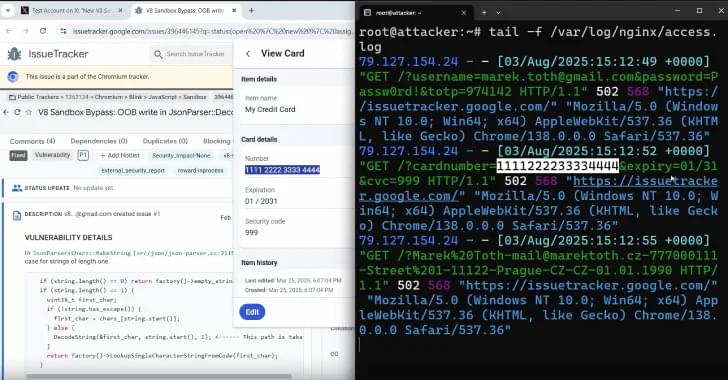UpCrypter phishing since Aug 2025 uses fake voicemails, RAT payloads, and anti-analysis, hitting global industries.
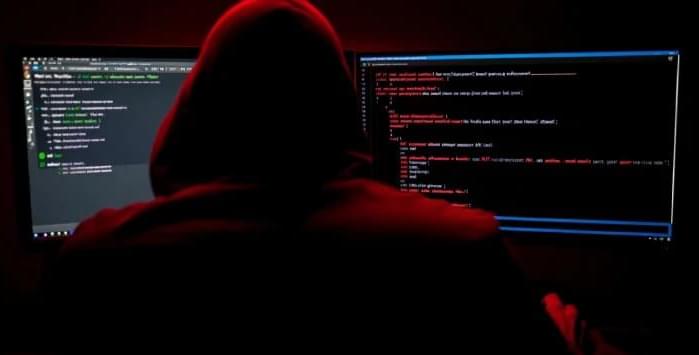


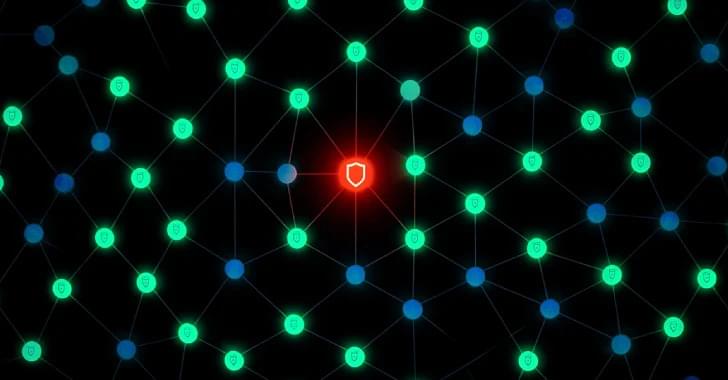
Cybersecurity researchers are calling attention to multiple campaigns that leverage known security vulnerabilities and expose Redis servers to various malicious activities, including leveraging the compromised devices as IoT botnets, residential proxies, or cryptocurrency mining infrastructure.
The first set of attacks entails the exploitation of CVE-2024–36401 (CVSS score: 9.8), a critical remote code execution vulnerability impacting OSGeo GeoServer GeoTools that has been weaponized in cyber attacks since late last year.
“Criminals have used the vulnerability to deploy legitimate software development kits (SDKs) or modified apps to gain passive income via network sharing or residential proxies,” Palo Alto Networks Unit 42 researchers Zhibin Zhang, Yiheng An, Chao Lei, and Haozhe Zhang said in a technical report.
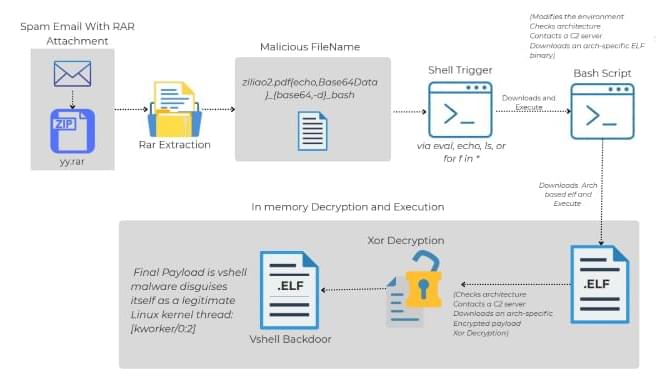
Cybersecurity researchers have shed light on a novel attack chain that employs phishing emails to deliver an open-source backdoor called VShell.
The “Linux-specific malware infection chain that starts with a spam email with a malicious RAR archive file,” Trellix researcher Sagar Bade said in a technical write-up.
“The payload isn’t hidden inside the file content or a macro, it’s encoded directly in the filename itself. Through clever use of shell command injection and Base64-encoded Bash payloads, the attacker turns a simple file listing operation into an automatic malware execution trigger.”


A new infostealer malware targeting Mac devices, called ‘Shamos,’ is targeting Mac devices in ClickFix attacks that impersonate troubleshooting guides and fixes.
The new malware, which is a variant of the Atomic macOS Stealer (AMOS), was developed by the cybercriminal group “COOKIE SPIDER,” and is used to steal data and credentials stored in web browsers, Keychain items, Apple Notes, and cryptocurrency wallets.
CrowdStrike, which detected Shamos, reports that the malware has attempted infections against over three hundred environments worldwide that they monitor since June 2025.
Biohacking shouldn’t feel like a full-time job—or a scam. If you’re tired of chasing every shiny new trend without results to show for it, this session is your reset button. We’ll break down what’s worth your effort, what’s just a fad, and how to build a strategy that actually works for you.

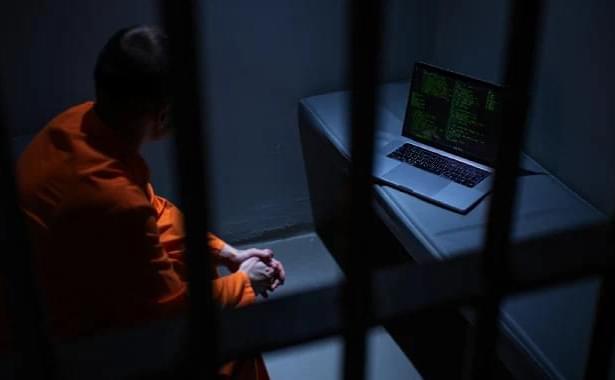
A 20-year-old member of the notorious cybercrime gang known as Scattered Spider has been sentenced to ten years in prison in the U.S. in connection with a series of major hacks and cryptocurrency thefts.
Noah Michael Urban pleaded guilty to charges related to wire fraud and aggravated identity theft back in April 2025. News of Urban’s sentencing was reported by Bloomberg and Jacksonville news outlet News4JAX.
In addition, 120 months in federal prison, Urban faces an additional three years of supervised release and has been ordered to pay $13 million in restitution to victims. In a statement shared with security journalist Brian Krebs, Urban called the sentence unjust.
